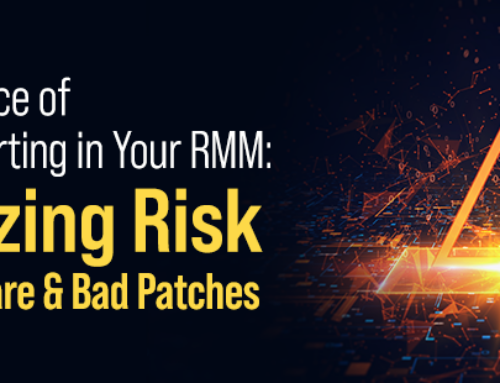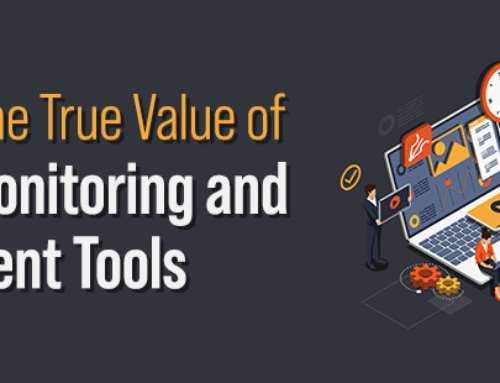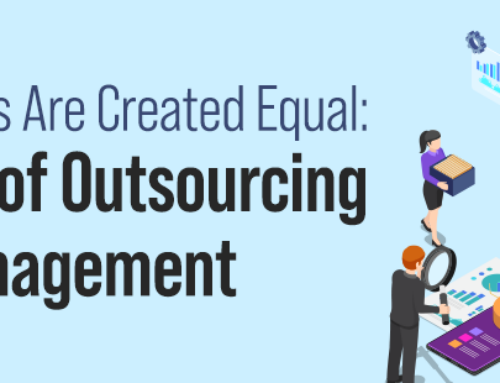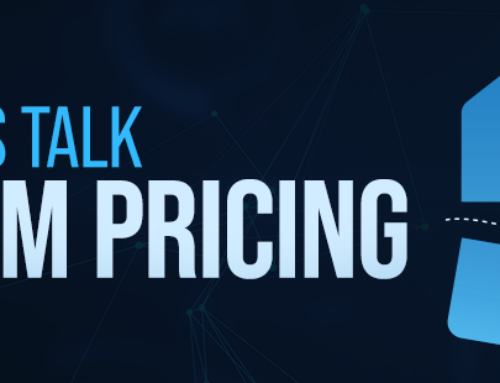A remote monitoring and management (RMM) solution is the cornerstone of how many managed service providers (MSPs) deliver high-quality support to their clients.
Just as with any tool, it’s essential for an MSP to periodically evaluate if their current RMM tool serves their needs and what they anticipate those needs to be in the future. Without the right tools, an MSP may be missing out on operational efficiencies or even fall short of supporting their clients to their best abilities.
While not an activity that needs to be done every month, a careful evaluation is a productive exercise to ensure an MSP has the tools to support their clients and grow their business.
How to know it’s time for a switch
There are a few different indicators that could mean it’s time for a technology upgrade. First, consider if the current RMM tool is creating operational efficiencies or increasing labor costs. These could come in the form of lengthy customer onboarding, disjointed solutions, poor quality reporting, or a lack of insights for a speedy response to problems.
An RMM tool should also allow an MSP to expand its current software and services offerings with new capabilities. This allows an MSP to upsell clients on new services and meet any new support needs they might have. This type of flexibility is vital for any growing and evolving business.
Finally, an RMM tool should support an MSP’s business growth, including the quick addition of new clients, maximize employee resources and allow for overall resource planning.
How to evaluate a new tool
Deciding what an MSP needs in a new tool starts with evaluating their clients’ needs. Take the time to figure out where current tools may be falling short and any friction points in support. This will serve as an excellent guiding light for any features and capabilities needed in any new tools.
From there, an MSP should consider the technical capabilities that will allow them to succeed. For instance, key performance metrics, integrations, emerging technology support, ITIL and process alignment, and — of course — total anticipated cost. From there, an MSP should be able to weigh what is the best tool to support their business needs.
Making the switch to a new RMM tool isn’t a small undertaking, so it’s essential for an MSP to fully evaluate their options before deciding to stay with their current tool or make a switch. In either outcome, taking the time to do thorough research will ensure the business is set up with the right tools for long-term growth.




